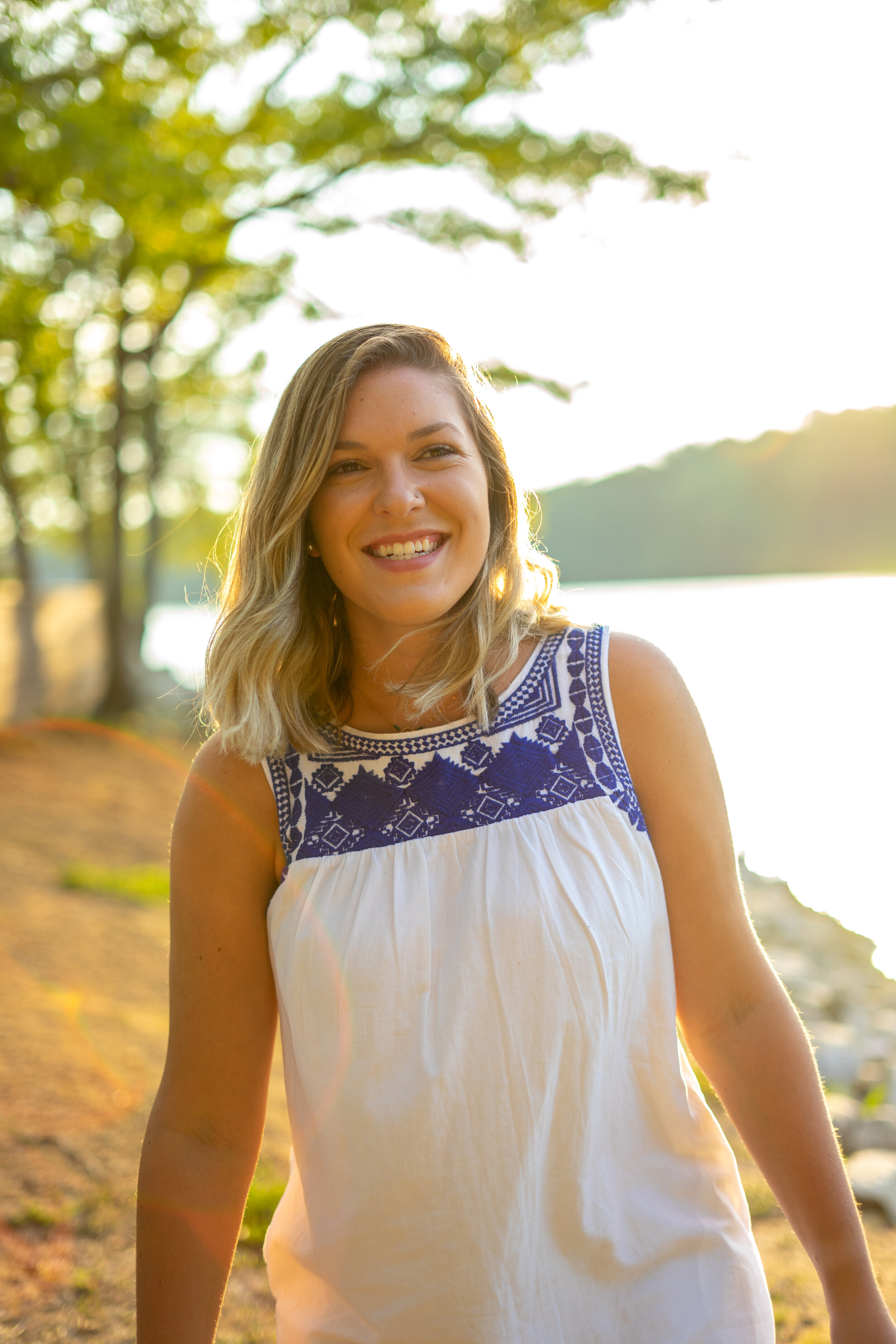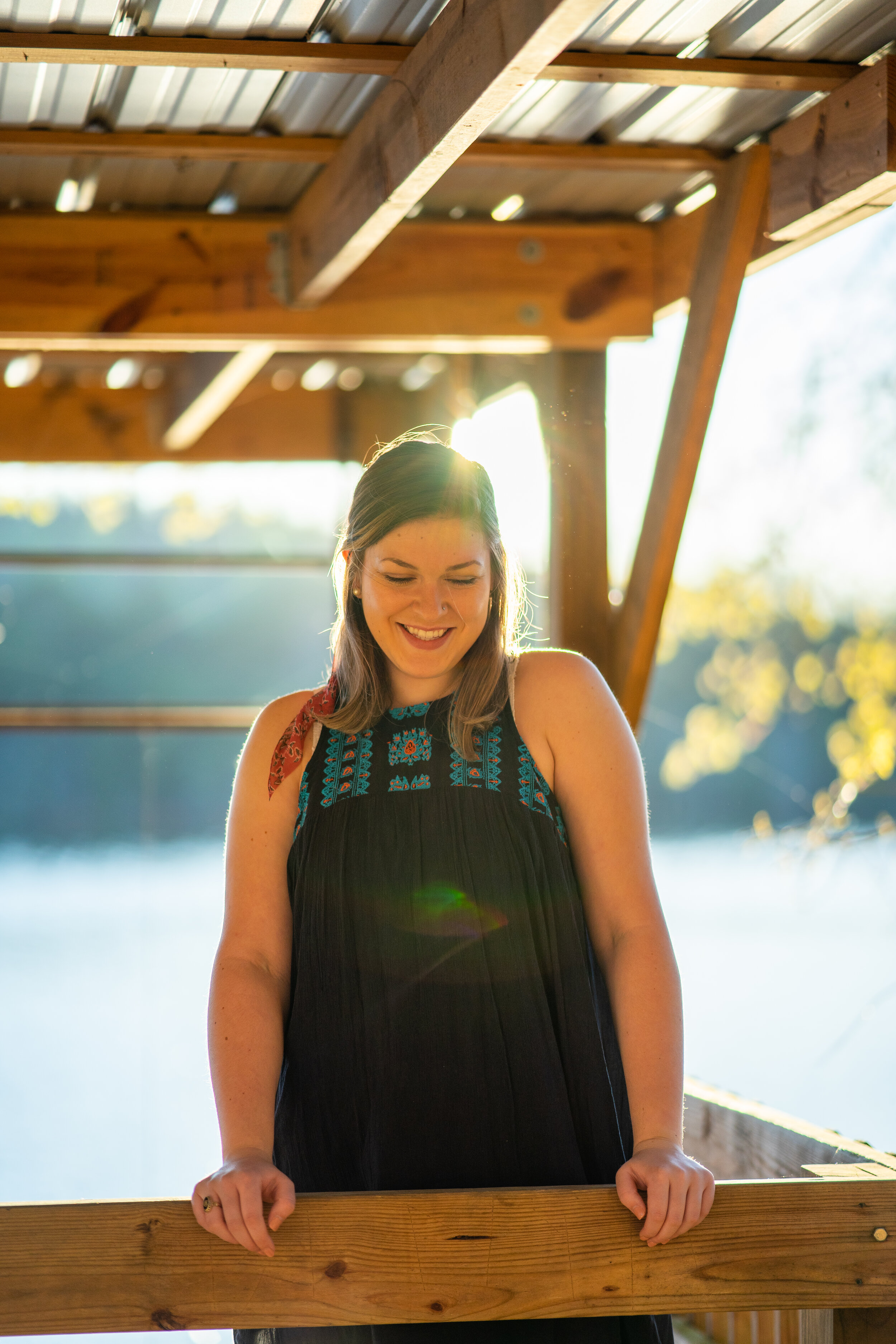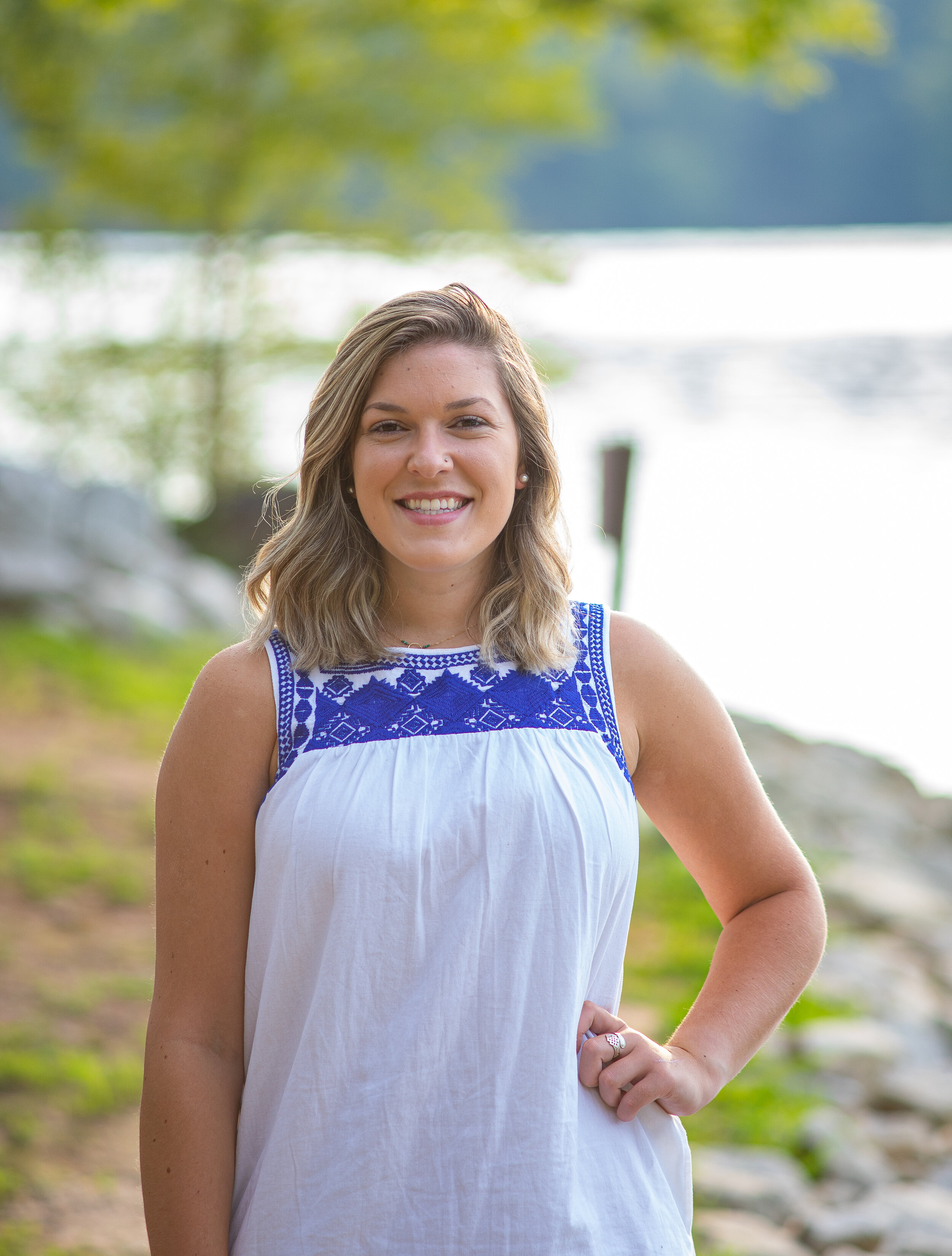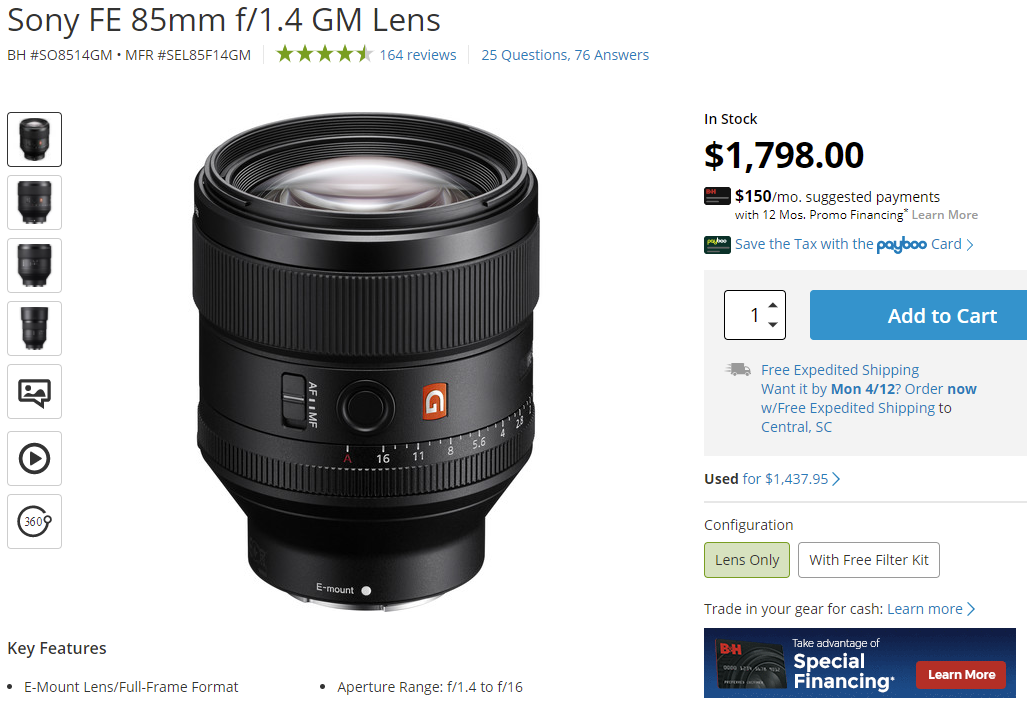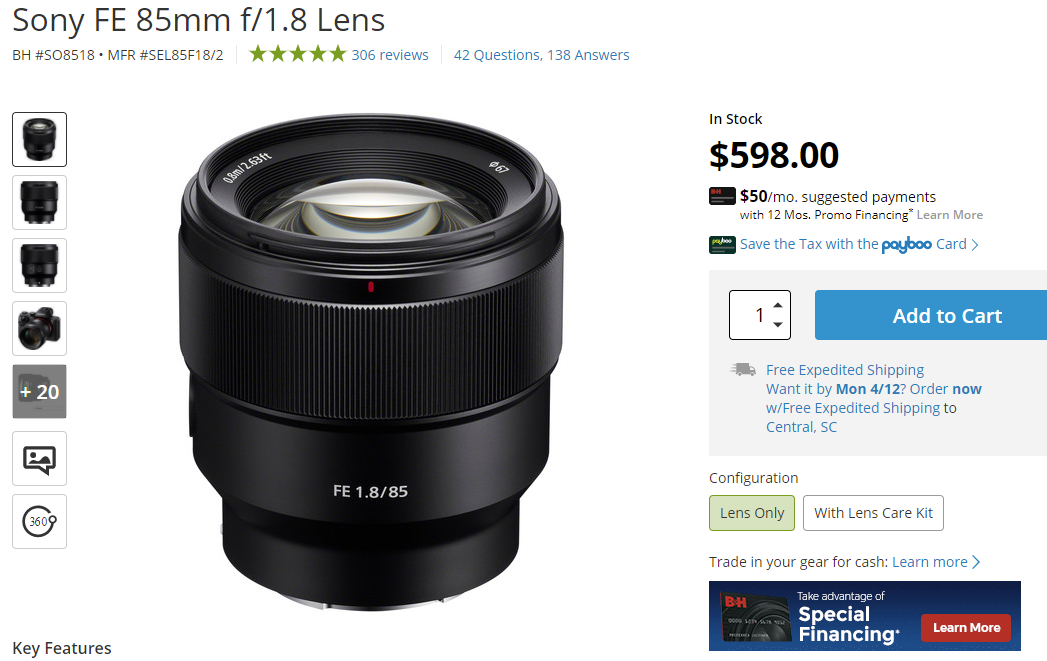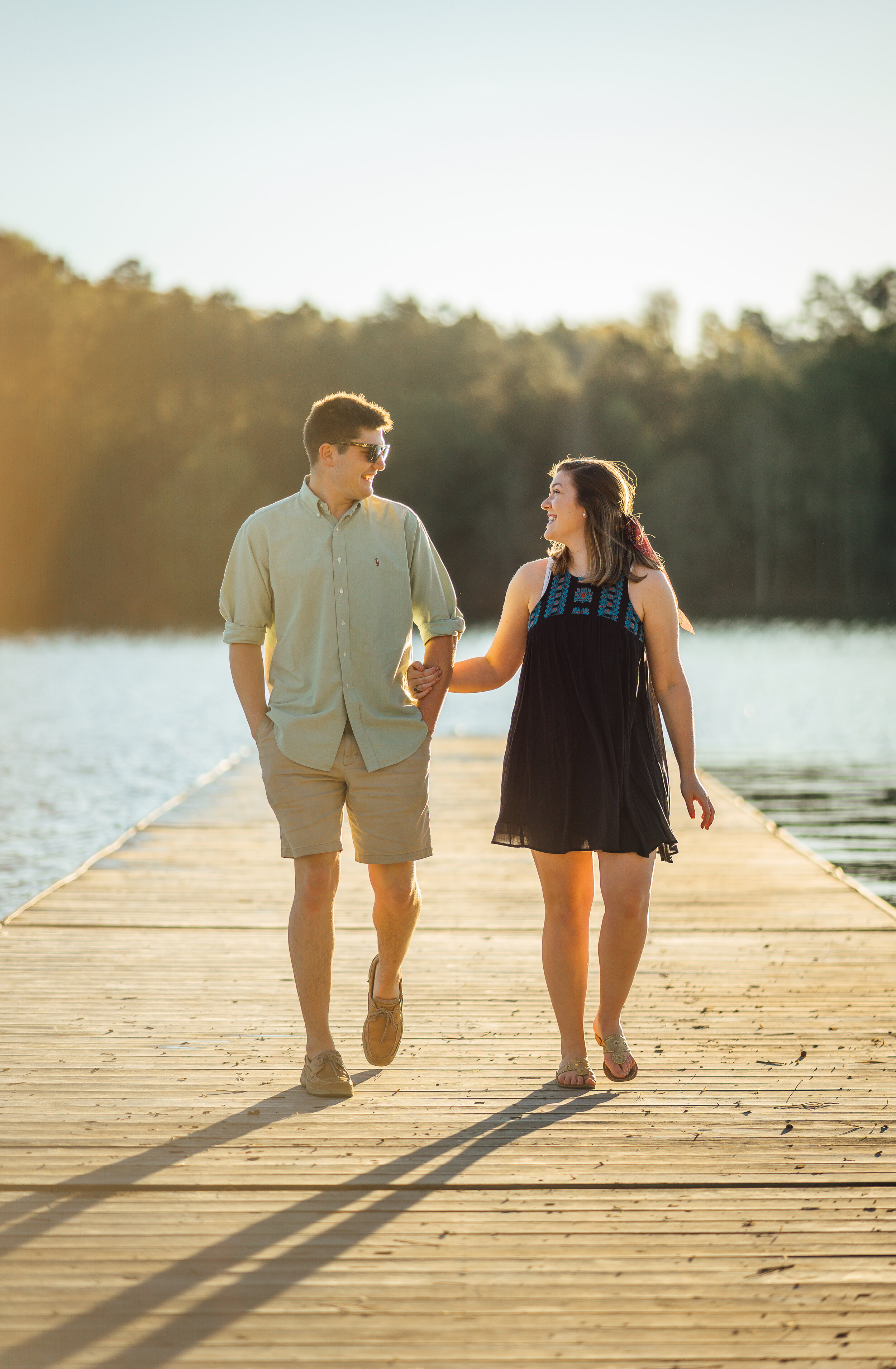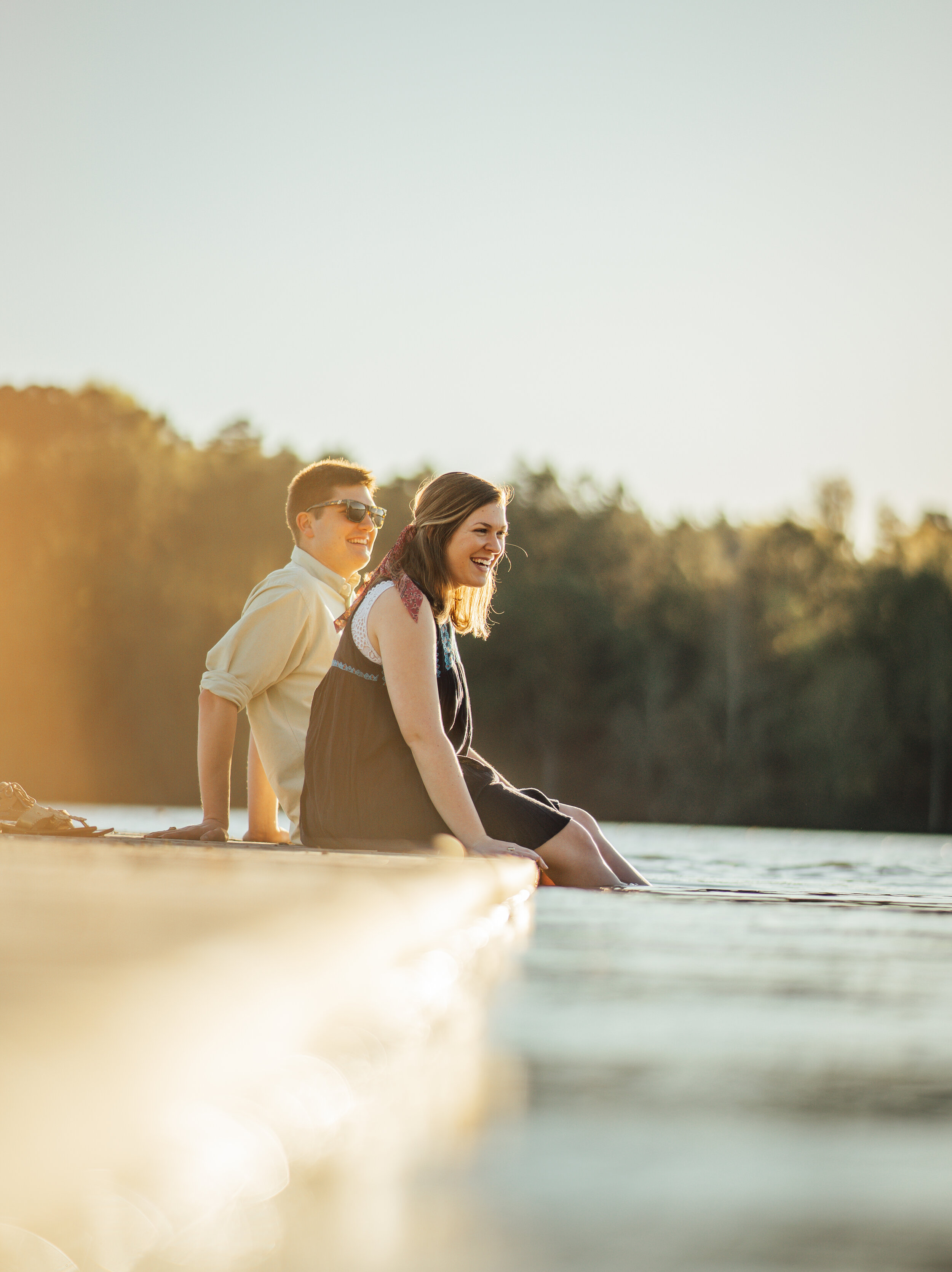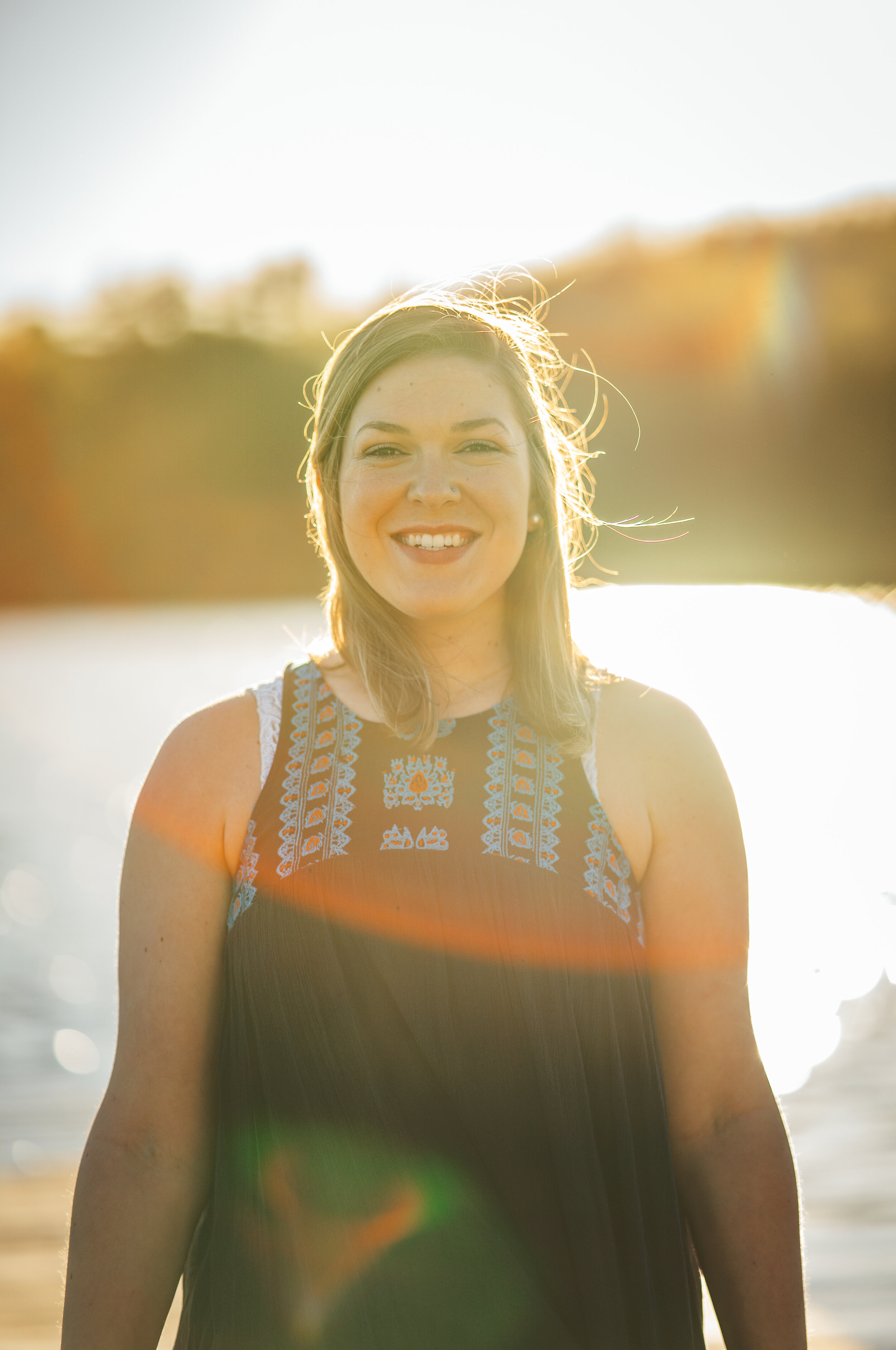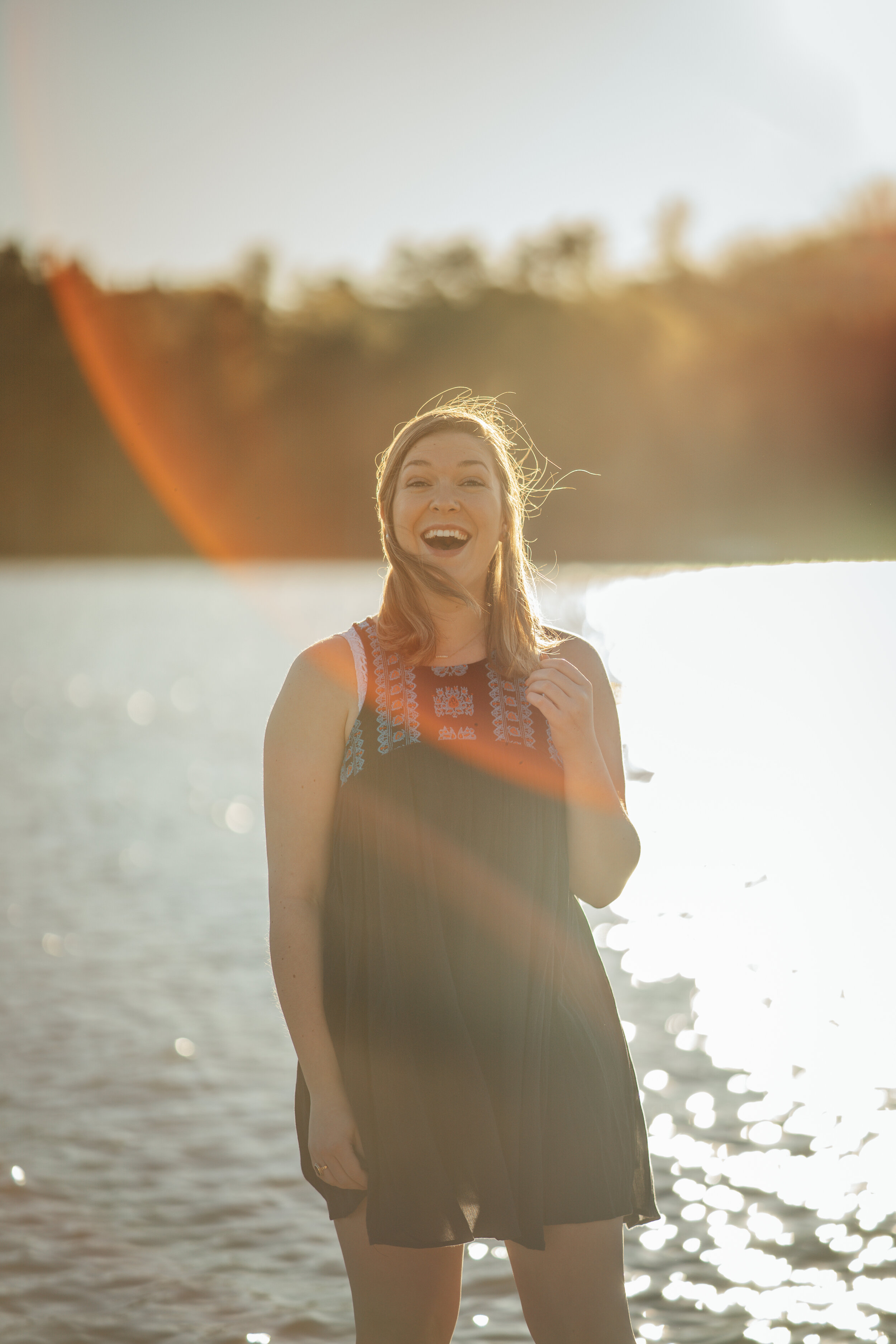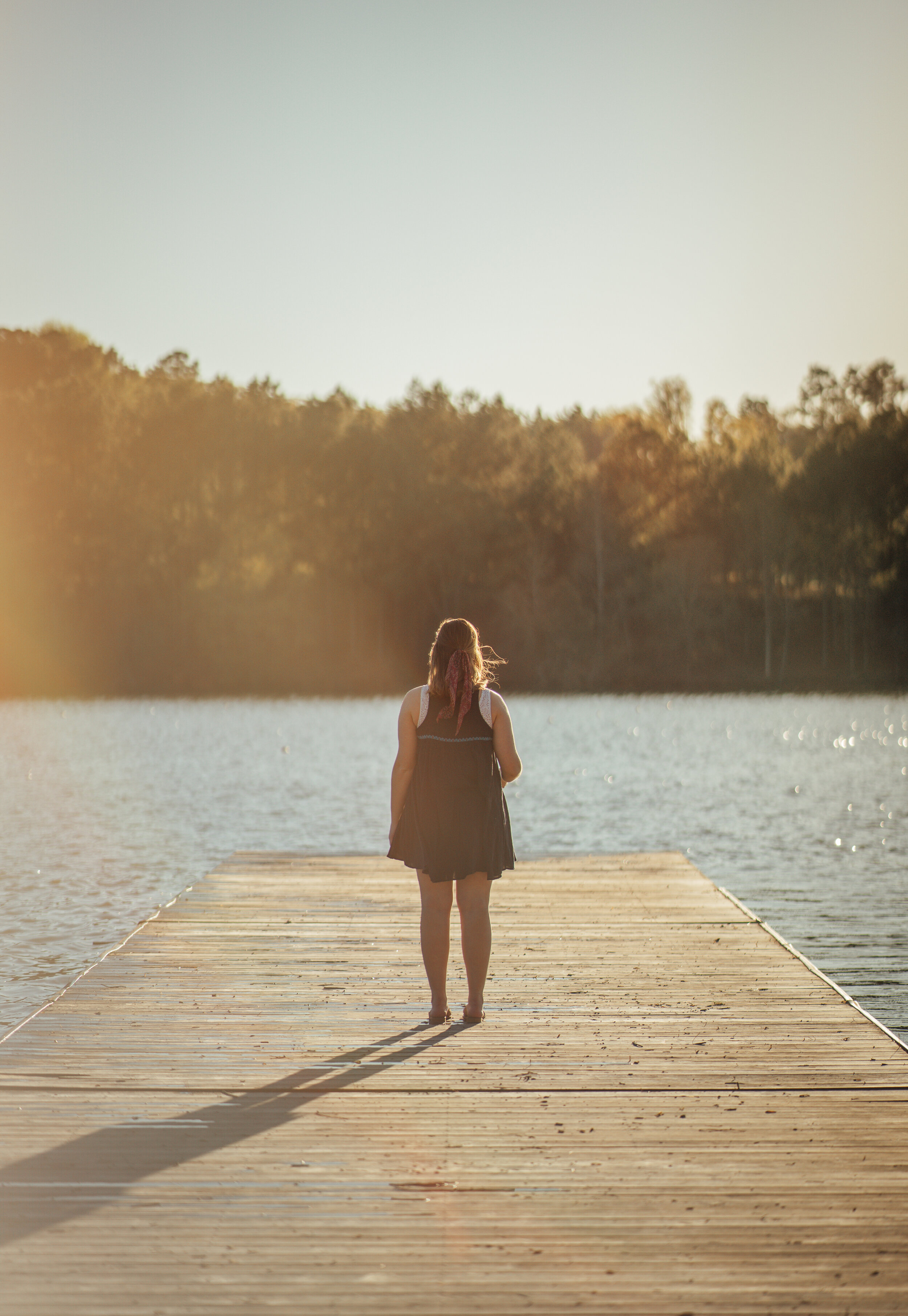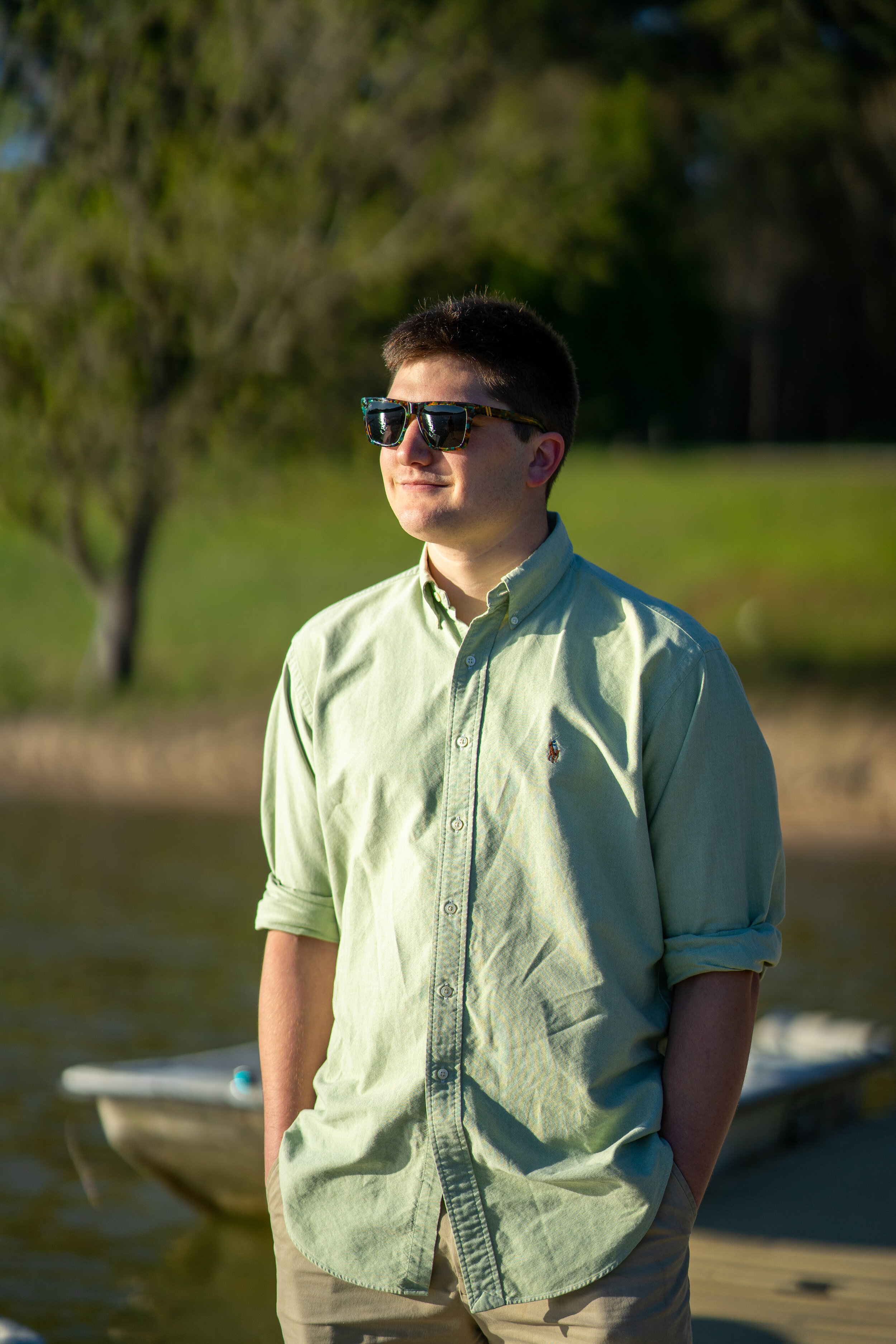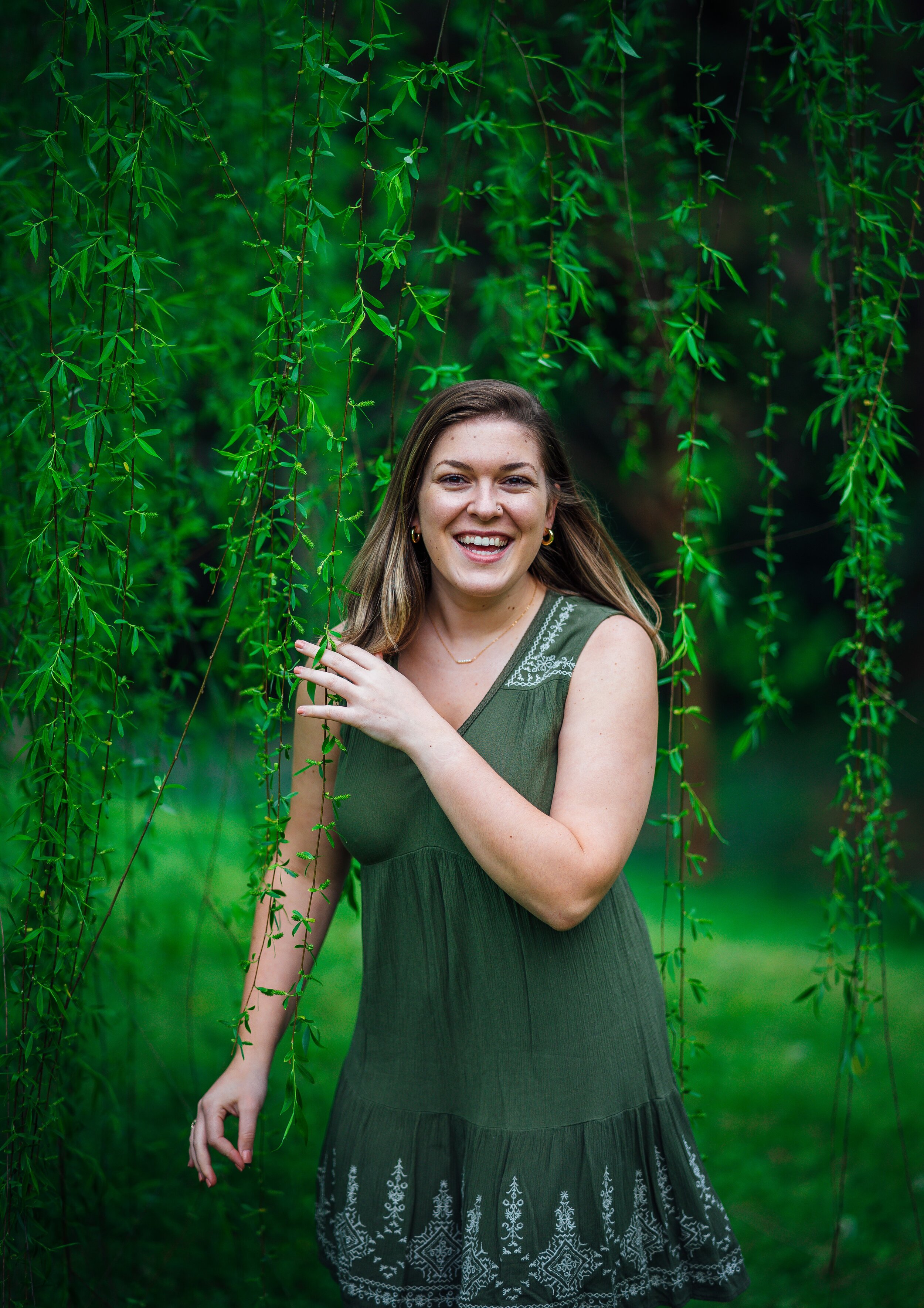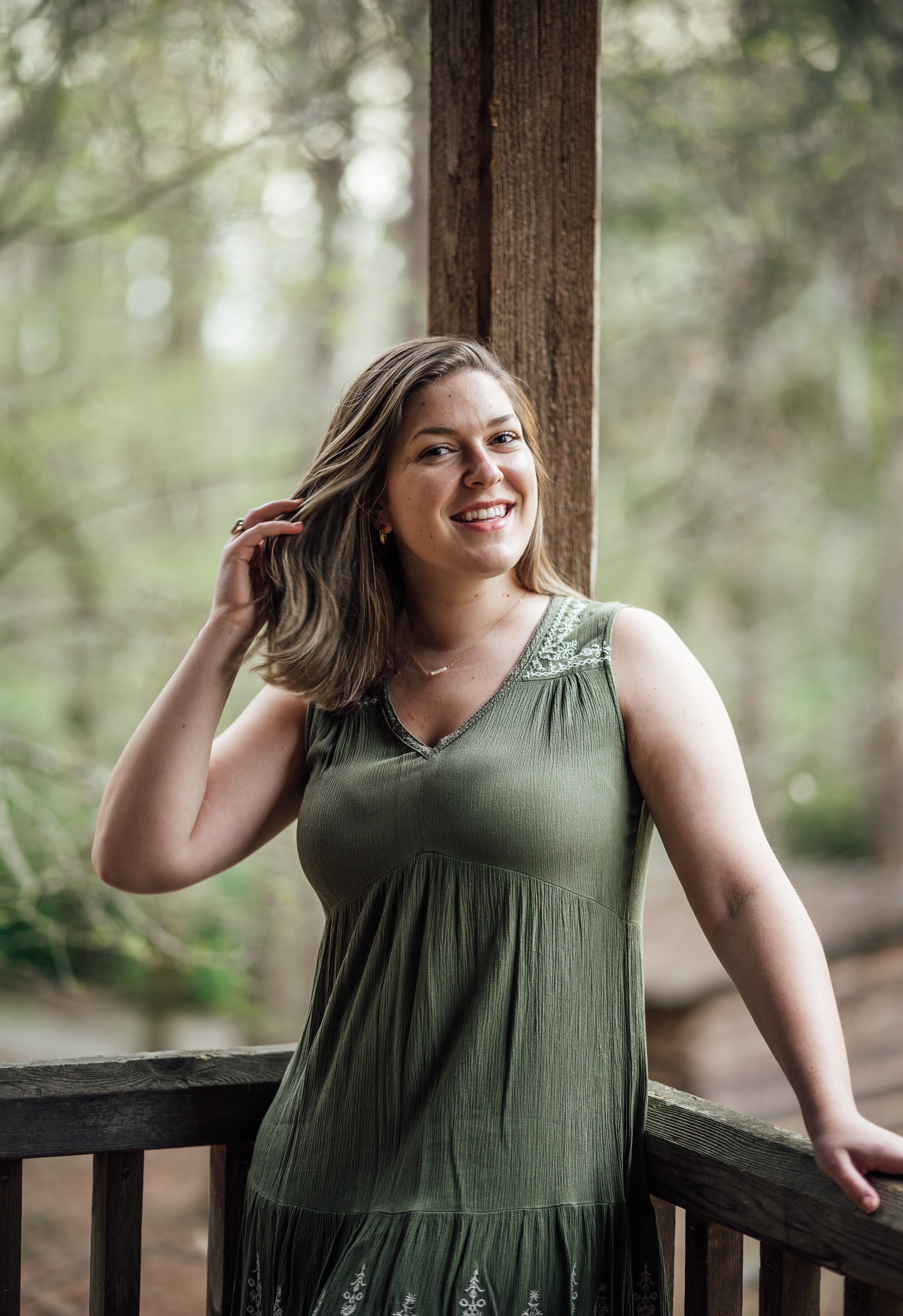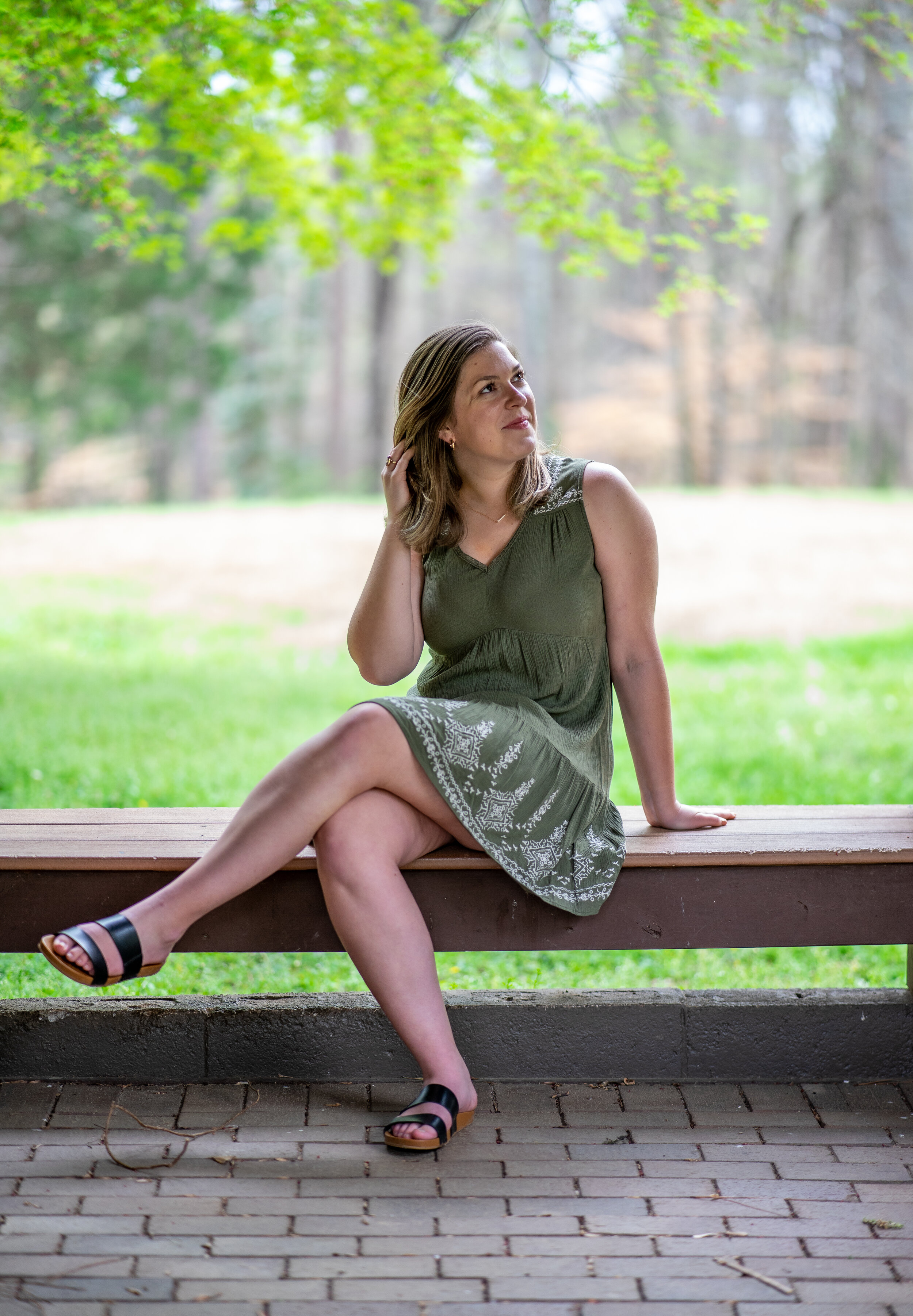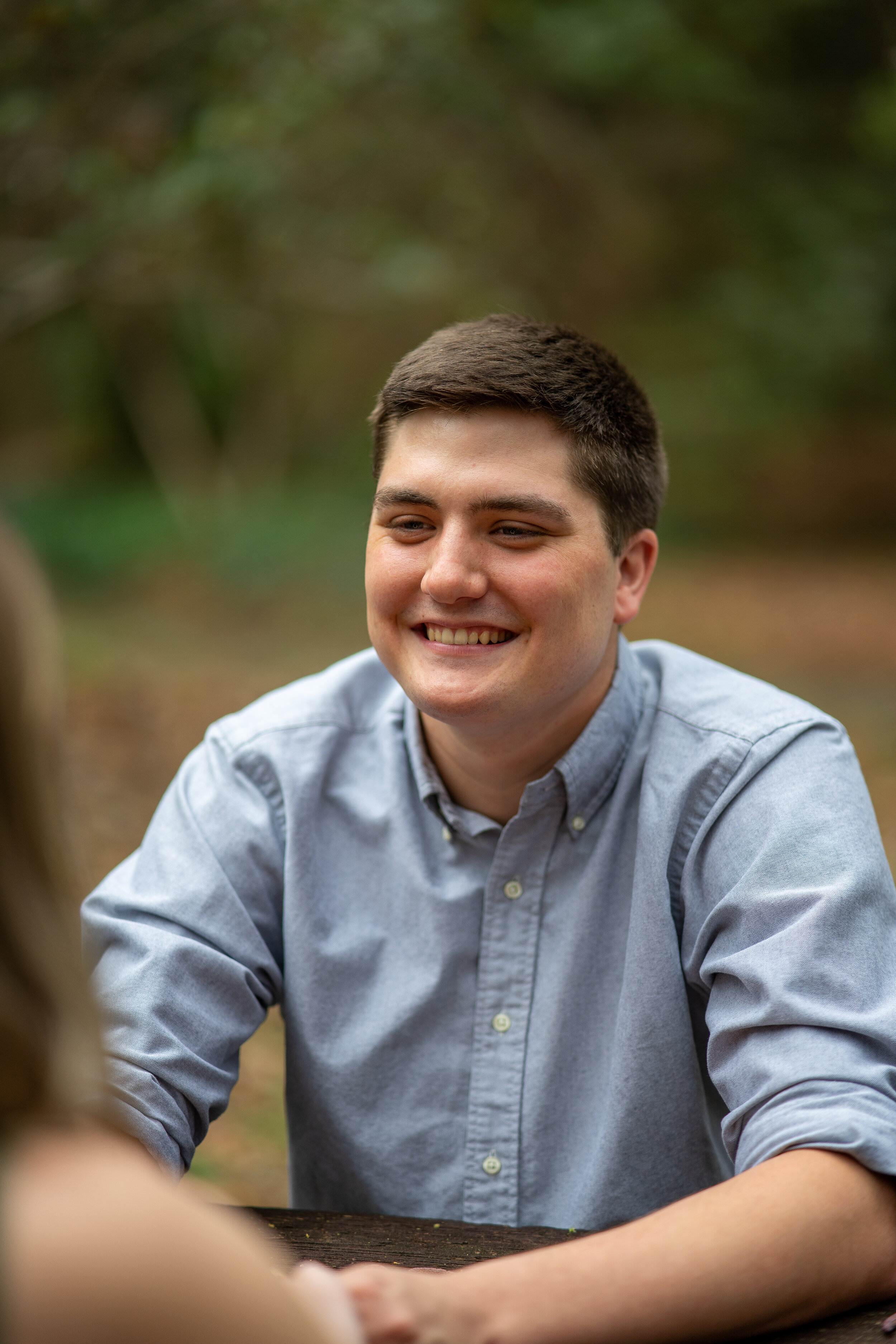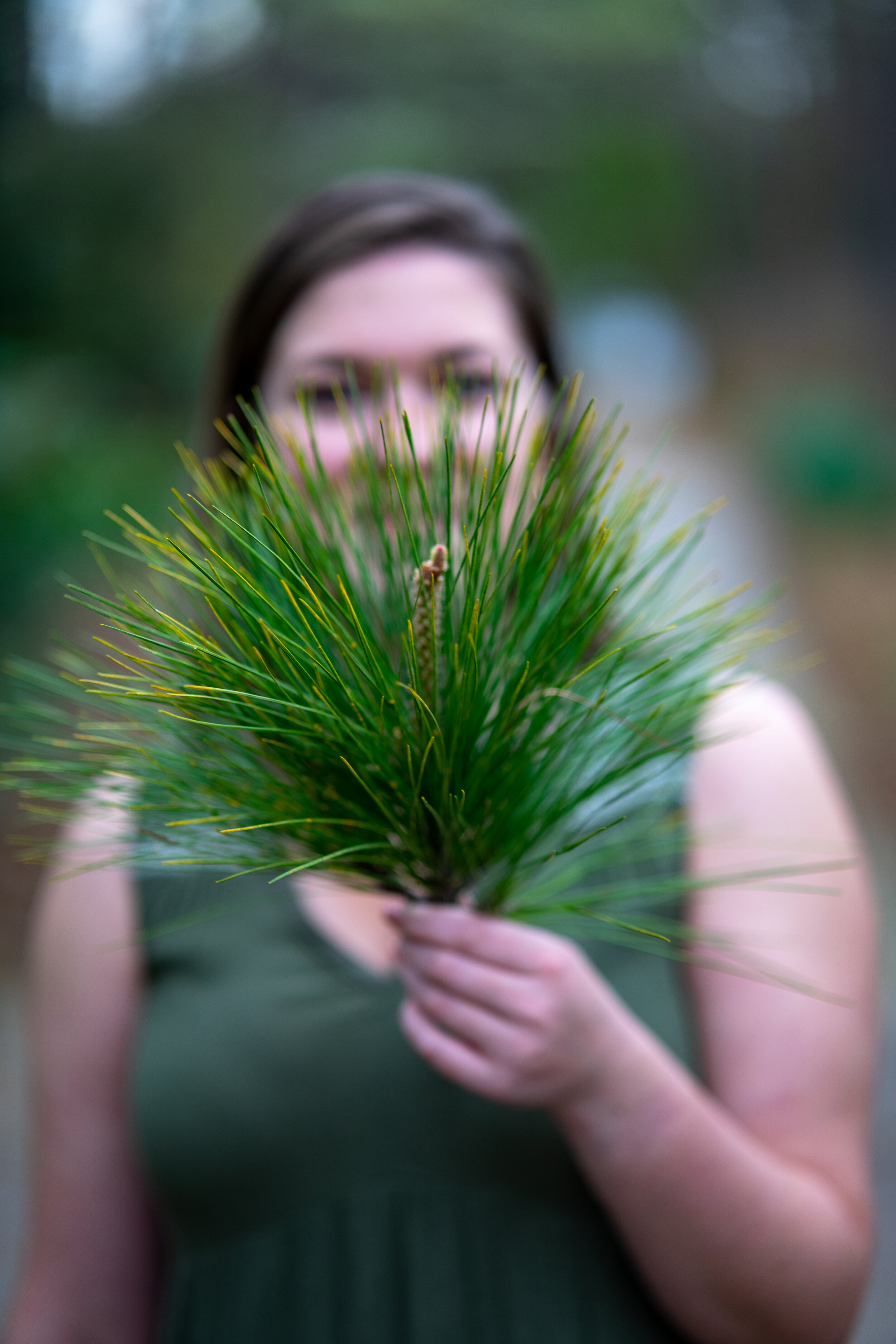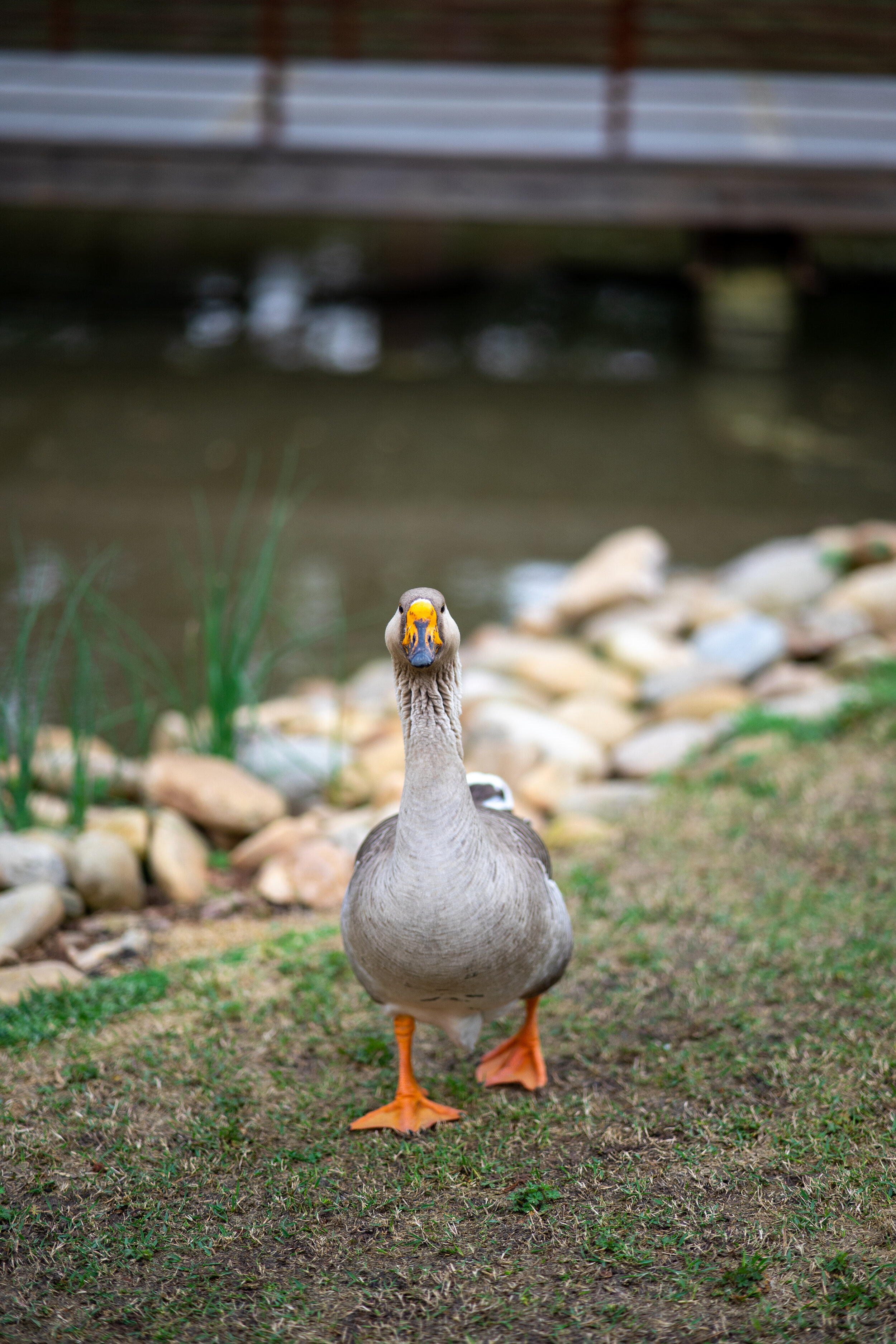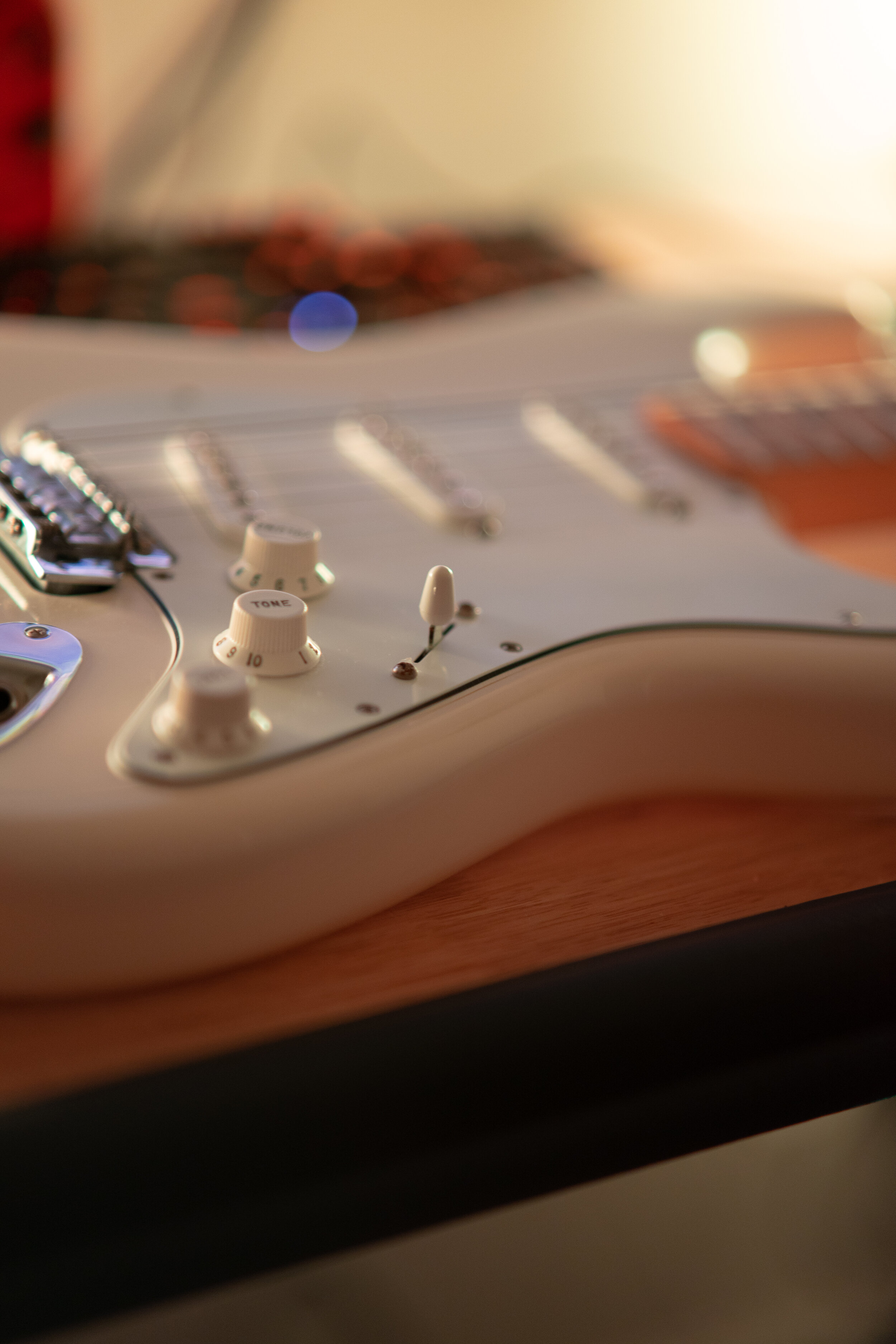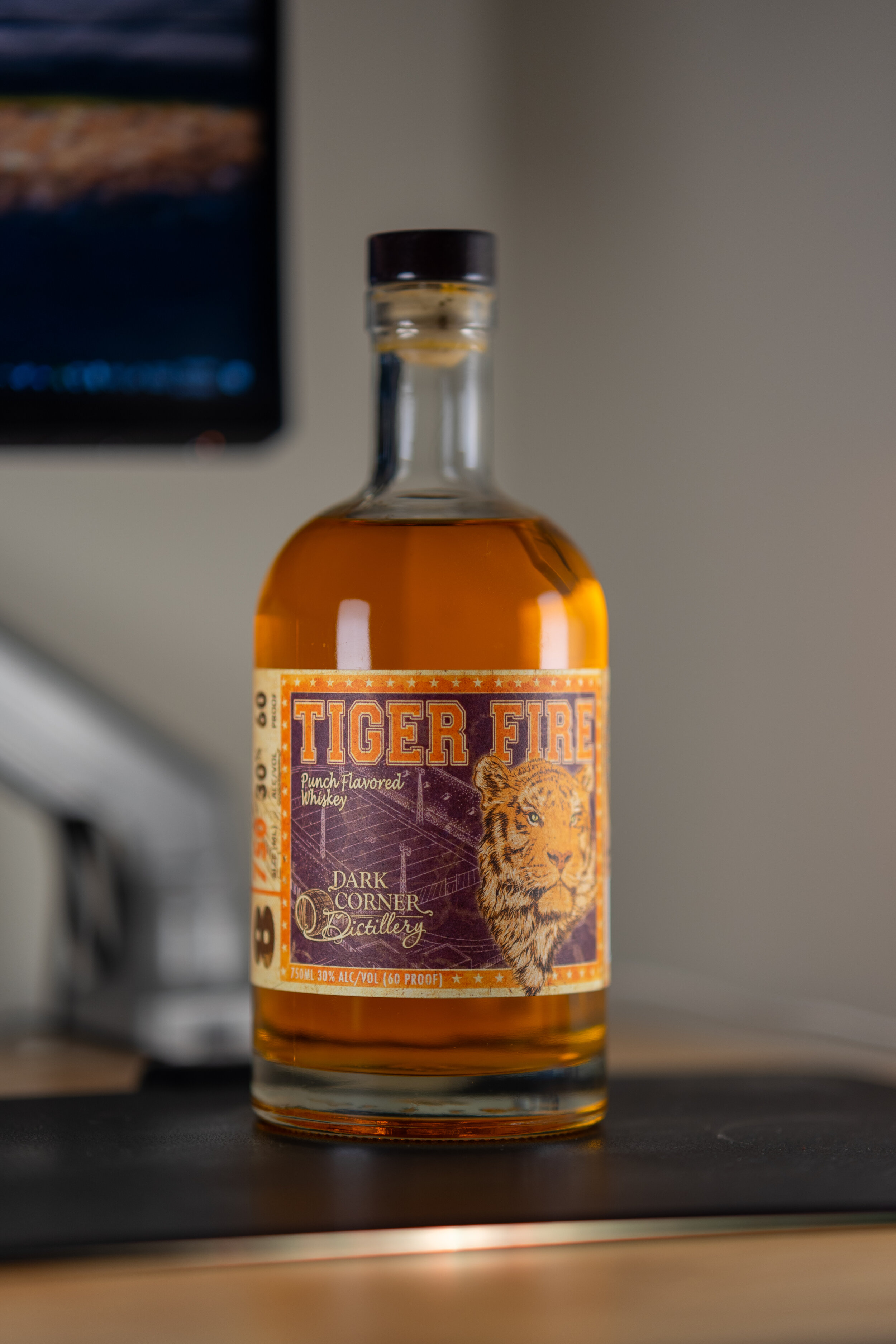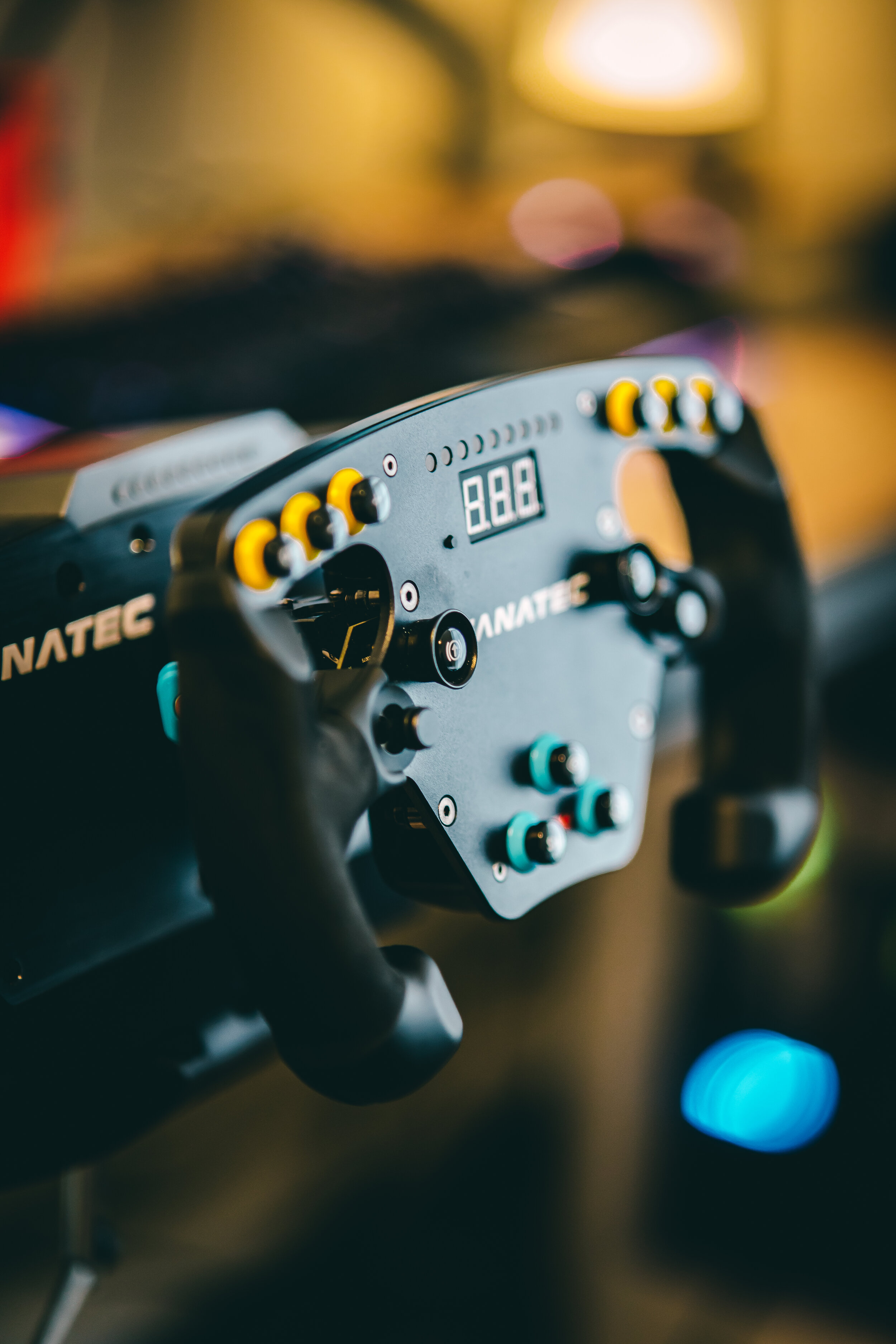Blog
Your Next Lens: 85mm f1.4
The most recommended first lens to buy is a 50mm f1.8 prime no matter what camera manufacturer you support; Which I whole heartily agree with. A 50mm is a jack of all trades: it’s good at portraits, its decent at landscape and, if you’re sadistic, even architecture. With its medium focal length you’ll find nice compression and decent subject isolation when shooting wide open at a nice price. You can rely on a 50mm to not distort you subject’s features drastically and be fast enough to shoot indoors. However, a 50mm can be limiting in the fact that, just like my undergraduate degree, it’s not a master at anything.
You bought your first 50mm prime and are bored….now what?
When the honey moon phase is over you’ll get the craving to go out and expand your kit again. Maybe you want to go wide angle and get a short prime 16, 24, or 35mm to get those beautiful landscape shops on your hikes through the mountains or capture the whole view on a dense street corner in Charleston, SC. Maybe you want to 105-135mm prime for that sweet-sweet depth of field for portraits. Maybe you’ve got some money to burn and that new stimulus check has fueled your down payment on a telephoto lens to shoot your son’s soccer game… and then preceded to only bring it out once in a blue moon.
Long story short: you have a lot of choices. As you have probably found out by now, the 50mm was one the cheapest modern lenses you’ll buy. While I argue there aren’t many ‘useless’ lenses out there to own if you disregard the price, you don’t want to make the wrong choice for your own mental health. As someone who lives in the SONY FE mount world, buying a lens makes my wallet cry wondering why I haven’t paid off my student loans yet. Just remember, glass is an investment and holds its value much better than an RTX3080.
What if I like shooting portraits, chasing clout on Instagram with “blurry” backgrounds, and are broke?
TLDR: I have the focal length to recommend for anyone who’s looking to add to their head shot count: 85mm.
With psychology showing the negative effects on self image caused by the use of short lenses (i.e the crap your phone company sold you on so you would never have to use a DSLR again) without proper correction techniques paired with the awful look that post process bokeh gives, people want portraits that represent features evenly with with a awesome depth of field. Using an 85mm will give you gorgeous compression with facial features that look normal and pleasing to the eye. With a blurred background, you’ll find your subject separated from everything else in frame. Taking a look at my own photos (apologies for the inconsistencies) we can see how focal length changes subject isolation regardless of the aperture size.
But John Paul, the 135mm…
…has better bokeh, subject isolation, and basically destroys the 85mm on everything I mentioned above. I know. The thing you forgot about is the broke part about what I mentioned. Shot on the right is a 1964 Minolta 135mm f2.8 with a manual focus ring that’s harder to turn than a pickle jar lid. A modern full frame 135mm lens will cost you 1.5x, 2x, or even 3x the amount of an 85mm making it harder to convince your wallet and your partner that glass is an investment for something you’ll probably not use as much as a shorter lens.
How can I make such a bold statement? It’s because of the 135mm narrow field of view. You have to step way back in order to use a 135mm which can make shots uncomfortable to get and near impossible indoors. A 135mm demands a faster shutter speed for sharp images, limiting lighting situations that you can shoot in. The best part about the 85mm focal length is that is relatively useful focal length. While I don’t recommend you carrying it on the streets trying to take photos of subjects right in front of you, it has enough reach to catch subjects that are further away. Minimum focusing distances may cause you to miss shots, but you’ll soon get a hang of that. The double edged sword is that 85mm is narrow compared to that nifty fifty you first got however it was challenge you artistically to come up with new shot compositions.
I thought you said broke? Why do I see an 85mm f1.4?
Sony has great 85mm f1.4 that at first glance you may have thought I was shooting with. Coming at a kidney selling price of $1798 USD, the Sony FE 85mm f1.4 GM Lens is at the top of its class. However, this isn’t your only option. Sony also makes an 85mm f1.8 full frame lens for $ 598 USD. Friends have told me its a solid option with quick auto focus and compact size compared to its bigger brother. If you want to guarantee quality and stay within the Sony ecosystem, these lens are great for both the hobbyist and enthusiast. If you can settle for somewhere in-between, the Sigma 85mm f1.4 Art lens is a great middle ground that will get you to 99% G Master quality at the stimulus check price of $1199 USD. My experience with Sigma Art lenses has always been quality and I’m always blown away their AF speeds.
And I am not shooting on either of these f1.4s!
I can become a shrewd negotiator when it comes to objects with good value. Maybe I should go into sales because I convinced myself to buy the 95% G Master quality: The Samyang AF 85mm f1.4. This bad boy comes in at $539 USD making it an absolute steal. Specific details will be linked below, but just know that this is a big boy that’s heavy compared to its counterparts. Even though its minimum focusing distance of about 3 feet, you get a weather sealed lens with great photo autofocus. More thoughts on this lens can be found in my review (to be posted soon). I would like to note that some people have had quality control issues with this lens. Mine has randomly stopped autofocusing twice now over the course of 3000 photos but turning the camera off and back on again fixed the issue. I would suggest buying through Amazon as it currently primed for easy returns. Below are some of my test shots!
Your Next Lens (for portraits): 85mm f1.4
So the title might have been click bait, but in all seriousness if your looking for a way to diversify your kit I think you won’t be disappointed in an 85mm lens at either f1.4 or f1.8. The greatest thing about the modern era is that you can try it before you buy it. I often rent lenses, like a telephoto, from websites like BorrowLenses, but one could use it to try out a lens before they purchase it.
Links for products mentioned here:
Sony FE 85mm f1.4 GM: https://www.bhphotovideo.com/c/product/1222775-REG/sony_sel85f14gm_fe_85mm_f_1_4_gm.html
Sony 85mm f1.8: https://www.bhphotovideo.com/c/product/1317562-REG/sony_sel85f18_fe_85mm_f_1_8_lens.html?sts=pi-ps&pim=Y
Sigma 85mm f1.4 Art: https://www.bhphotovideo.com/c/product/1581240-REG/sigma_322965_85mm_f_1_4_dg_dn.html?sts=pi-ps&pim=Y
Samyang AF 85mm f1.4: https://www.bhphotovideo.com/c/product/1470654-REG/samyang_syio85af_e_af_85mm_f_1_4_lens.html
My Camera Gear pt. 1
When I started doing photography, I found myself constantly up at night trying to search for the next ND filter, watching lens reviews, and window shopping for cameras that I couldn’t afford. I looked up to many of my favorite photographers/videographers, such as Peter McKinnon or Larry Chen, and always wonder what gear they were using. Luckily these two are very upfront about it, but with many other photographers you are left empty, with no result, and have to start guessing. Luckily, if you’ve had the opportunity to shoot on many camera brands and focal lengths, you’ll start being able to predict what gear someone is using just by a few shots. For example, Sony’s “mirror-less blue” will give it away in an instant. Many of us aren’t, so instead we are left diving through forums and Reddit posts. This isn’t a healthy obsessions; I urge anyone that wants to become a future photographer to spend more time finding what makes their photos special and refining it. While it took me awhile to figure this out, owning a more expensive camera isn’t going to make you better photographer (sorry Canon-loving teenagers).
That doesn’t mean gear doesn’t matter. In capable hands, a powerful sensor with great color reproduction and low light capabilities paired with a very fast lens will achieve jaw dropping photos you won’t achieve on an entry level DSLR. If you are trying to get shots at a sporting event and your buffer is full after 5 shots, your SOL if you press the shutter button like a machine gun, where as a photographer like Larry Chen will get it. However, there’s reasons why certain photographers buy and use certain gear. They have a methodologies to choosing and using the gear they use. Understanding what they need to get the job done is one of the factors that has allowed them to make a living off of the great hobby. Rarely will you find a professional who upgrades his equipment because something is “the latest and greatest”.
I digress. The point I want to make is that understanding why/how photographers use certain gear, and/or their approaches to building their arsenal can help you not only expedite the upgrade cycle when you are ready to take that step, but can also evolve you’re approach to taking that next photo. As an engineer, I find photography a form of problem solving to get the photo I want; my cameras and lenses are tools to get to the solution. I urge you to began thinking why does someone use which tools instead of what they are using. I hope by shedding some light on what I use and why I use it, unlike many photographers, I can help you better understand my still evolving approach to photography.
Camera Gear Storage - Apache 5800
Looking for a budget case that costs almost the 4th of a Pelican? The Apache 5800 is my go to for low cost, safe storage of gear. While it is from harbor freight, at only $69.99, its a hell of a steal for keeping your camera gear safe and easily transportable. I’ll break it down into a TLDR for you:
The Cons:
There will be surface defects
Smells like a Harbor Freight product
Plucked foam isn’t the highest of quality
Comes in one color
The Pros:
Wheels for easy transport
Retractable handle for easy rolling
Pressure release valve
Front latches with pre-dilled holes for locks
IP65 Water Resistant
Comes with pluck foam


